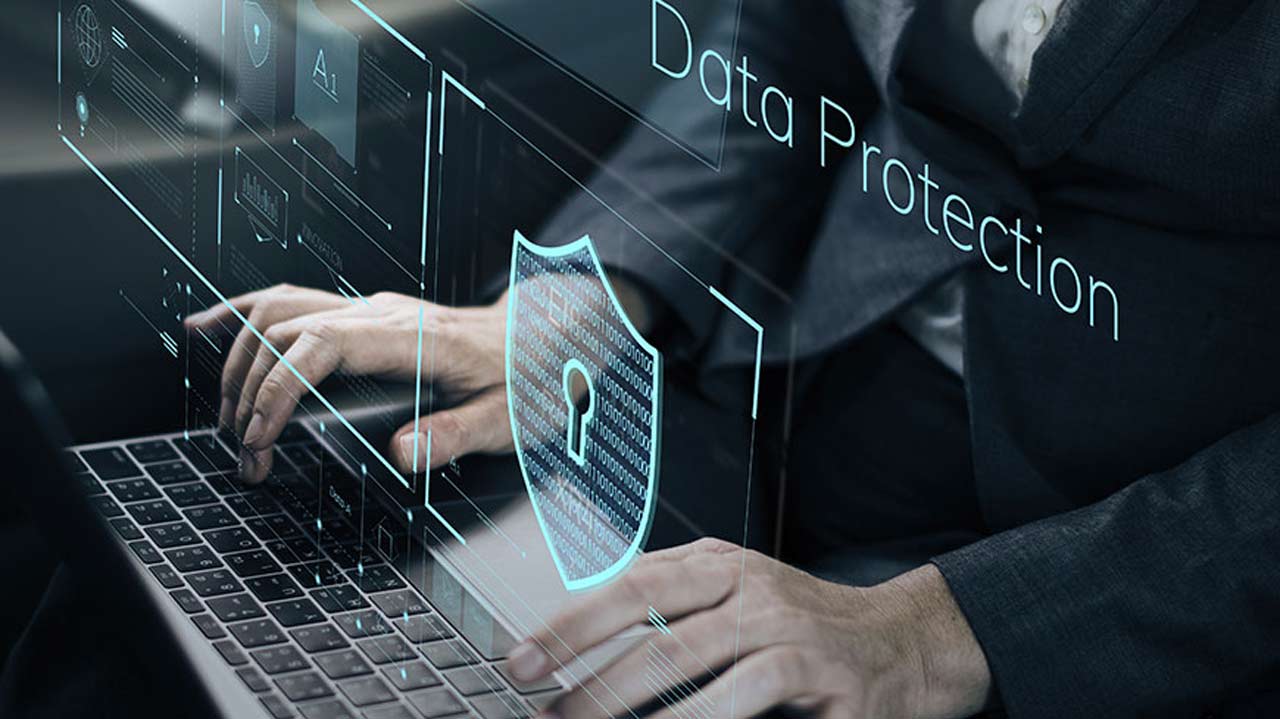
A business has multiple concerns that weigh upon the business owner, such as maintaining quality, hiring experts, marketing, improving sales and lead generation, and so forth. The SOC 2 criterion that states how customer and consumer data should be managed and stored safely may not at first seem like the absolute priority that it is.
The SOC 2 criteria make use of five factors that determine a service provider’s data security level; they are namely privacy, confidentiality, processing integrity, security, and availability. If your business is about to undergo a SOC 2 audit, here is how you can take the necessary steps to ensure your data security is up to the mark.
Understand How SOC 2 Affects Your Business
No business (especially not startups or small to medium enterprises) should underestimate the consequences of a failed audit. Your customer trust and loyalty, along with sales, can sharply fall, and there have been instances of that globally with many companies.
Once the customer or client feels their personal data or financial information is not safe with a service provider, they will forget the cost advantage and shift to a global or larger provider that can give them the assurances they need.
Cybersecurity is essential in today’s business climate because research has shown record breaking figures of data leaks and breaches causing considerable financial loss in the two years of the Covid pandemic.
Furthermore, showing SOC 2 compliance strengthens your standing in the industry and gives the impression to both customers and competitors that you have invested in data security and are a serious contender.
Master The Internal Controls
Doing a thorough inventory of the data you process every day and where it is stored is undoubtedly the first step. Pay attention to the internal controls you have in place, such as employee awareness of malware and cyber-attacks, training to practice cyber hygiene, and the overall safety and multi-factor authentication (if any) of your cloud storage or other data storage devices and mechanisms.
Having a record of log-ins and the people who have access to sensitive information is essential so the management can keep tabs on who is accessing the consumer and financial data.
Internal controls can be divided into three main types such as preventative, corrective, and detective. Preventative measures include having entrance controls and strong passwords as well as premium anti-malware and antivirus subscriptions. A risk assessment is a good idea at this stage to determine if your preventative measures are good enough.
ADVERTISEMENT
Detective controls include troubleshooting issues such as card payments not being accepted or the payment portal not being secure enough. Going through bank transactions, tallying the ledger with sales and expenses, and having random quality checks are all part of detective internal controls.
Corrective controls are a little more complicated as they are employed when a data leak or data loss has already occurred due to any kind of malware, such as a Trojan horse. Corrective controls may include revamping the data storage system entirely and doing damage control.
Goal Identification
After you have mastered your internal controls, you will need to set goals for your business for the future to remain SOC 2 compliant in the long term and to pass any audit that is carried out. SOC 2 audit firms appreciate long-term strategies being employed to ensure compliance and eliminate the increased risk of data security hazards.
Apart from identifying the goals that are important to you in the context of the SOC guidelines, you need to have a task force team to provide assistance to the firm for the audit. This should ideally include your chief technological officer or expert on staff and other specialists.
Cataloging evidence that all the five SOC protocols are being followed can be useful if you are asked to hand over documentation etc, for the process. Set up a system that provides reliable security alerts so that you do not need to reach the corrective stage.
If you are unsure of your current data security mechanisms, it is recommended to delay an audit until you have brought matters up to speed.
Look To The Future
Apart from the many financial benefits of adopting SOC 2 compliant features, it is an opportunity for the business to streamline its operations and in the process improve service provision and client protection.
The latter and the former can result in greater market penetration and share because returning customers and customer trust can form the backbone of a rapidly growing company.
